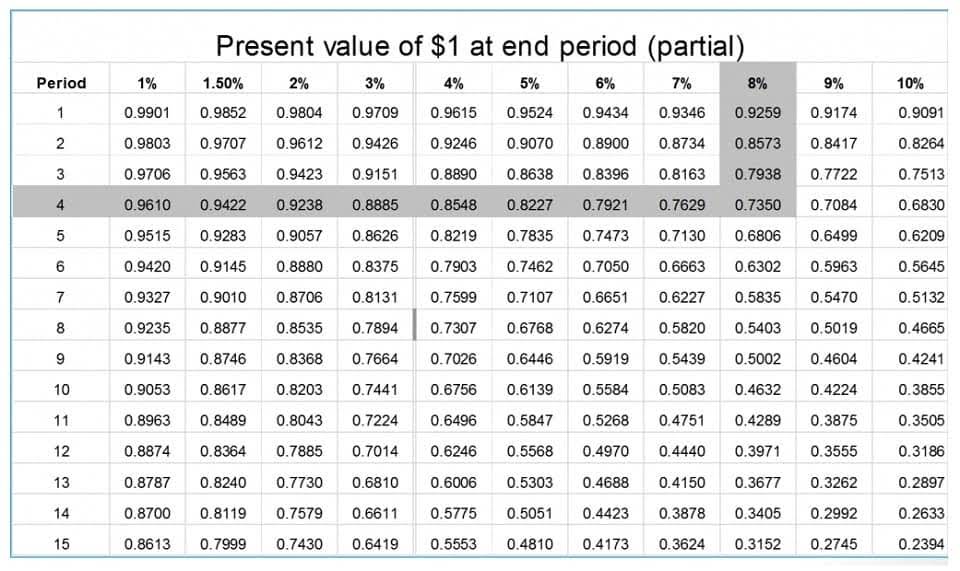
The JIT inventory system is popular with small businesses and major corporations alike because it enhances cash flow and reduces the capital needed to run the business. Retailers, restaurants, on-demand publishing, tech manufacturing, just in time inventory examples and automobile manufacturing are examples of industries that have benefited from just-in-time inventory. JIT inventory can be a great way to save money and improve efficiency, especially if you implement it correctly.

The first is that if a customer needs an order filled immediately, the company is unlikely to be able to provide the needed goods because they don’t keep a large, general inventory supply on hand. With such a tight turnaround time, you need dependable vendors that will deliver inventory when needed. If your suppliers are inconsistent about deliveries, consider changing providers before implementing the new system.
How to implement just-in-time inventory as a small business
Following this pattern on an ongoing basis ensures you don’t have to store more components than you actually need. The second possible problem may arise if there is a sudden, unexpected surge in market demand for the company’s products. Again, because the company doesn’t maintain a sizable stock inventory, it may be unable to meet the market demand on a timely basis.
Successful execution of JIT depends on several internal and external factors. Accurate demand forecasting is the most critical internal factor, while making sure deliveries arrive when you expect them to is the most important external factor to JIT success. Use point-of-sale (POS) system data and inventory reports to understand your inventory turnover ratio, establish reorder points, and analyze trends in demand upticks. Optimize production technology (OPT) and flexible manufacturing systems (FMS) are other types of push systems. This caused a ripple effect, where other Toyota parts suppliers likewise had to temporarily shut down because the automaker had no need for their parts during that time period.
Steps in the Cycle of Continuous Improvement for Just-in-Time Inventory
Taiichi Ohno, an industrial engineer at Toyota, developed kanban in an effort to improve manufacturing efficiency. Your business can reap many benefits by implementing JIT, but there are also drawbacks that mean it’s not right for everyone. While the benefits of JIT are well-documented, the COVID-19 pandemic has revealed the method’s weaknesses. As trade was disrupted by lockdowns and travel bans, companies have found managing its supply chain to be incredibly difficult. In this article, we’ll review different examples of how companies—both large and small—are implementing a JIT inventory strategy. It also involves a thorough market research to support the development of the forecasts to predict customer demand in the market.
Why Manufacturers are Abandoning Just-In-Time – ENGINEERING.com
Why Manufacturers are Abandoning Just-In-Time.
Posted: Sun, 20 Feb 2022 08:00:00 GMT [source]
If you inaccurately track sales or fail to forecast customer demand, you might sell products faster than they can be replenished, which leaves you unable to fulfill orders. Figuring out how much inventory you have in stock and when you need to order more is challenging and time consuming when you have to do it manually. A retail POS system with inventory management features, or a POS that integrates with standalone inventory software, makes managing inventory more efficient. If you’re curious about implementing a just-in-time inventory management system at your store, we’ve outlined four quick steps to get started. Pull inventory control systems stem from customer demand, which means that inventory is ordered to meet actual demand.
